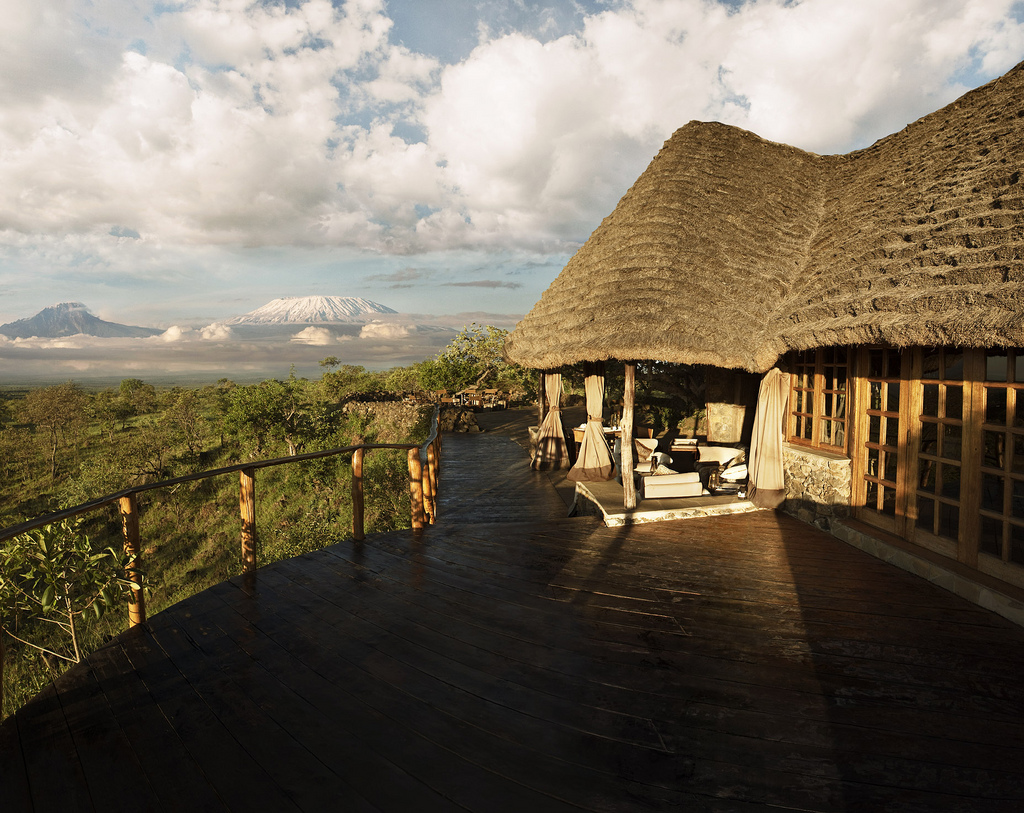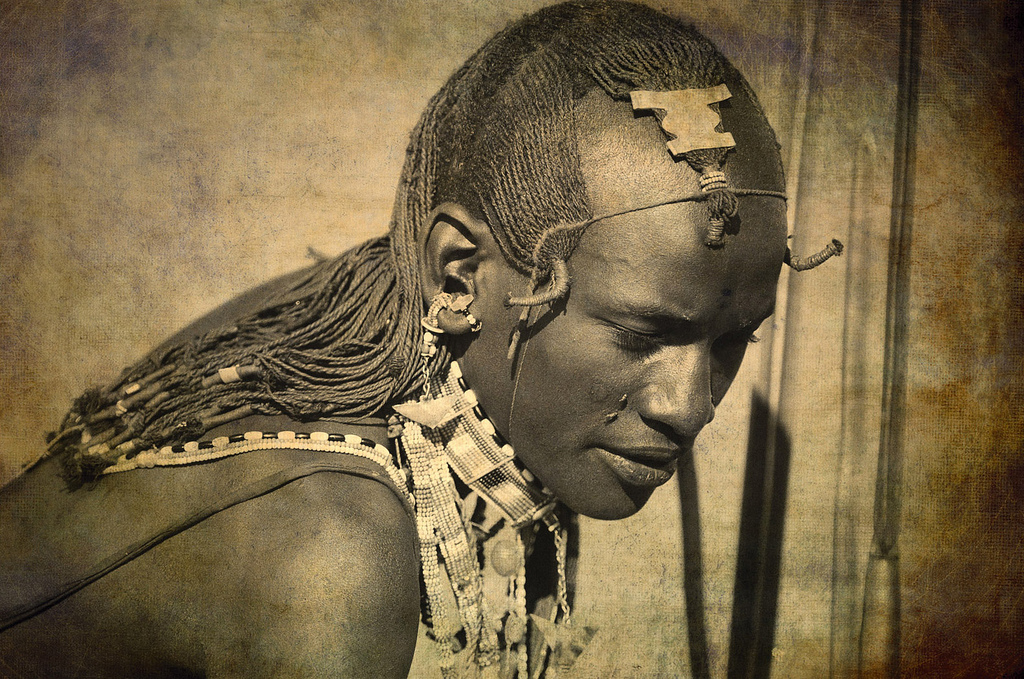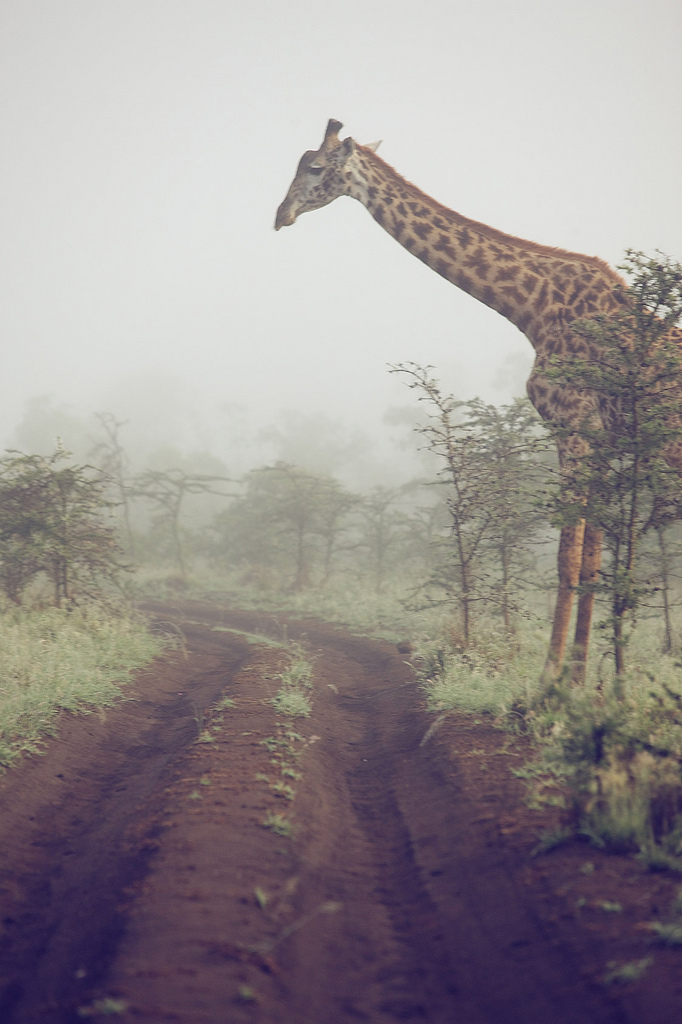 I had the opportunity recently to reconnect with Luca and Antonella Belpietro, the passion behind Campi ya Kanzi, their lovely camp in Hemingway’s green hills of Africa. The camp, located in the Chyulu Hills of southern Kenya, is a community camp, owned by the Maasai of the area, run in concert with them and for their community. It is a true partnership whose aim is to sustain the land, the wildlife and a cultural way of life which is, elsewhere in East Africa, under dire threat.
I had the opportunity recently to reconnect with Luca and Antonella Belpietro, the passion behind Campi ya Kanzi, their lovely camp in Hemingway’s green hills of Africa. The camp, located in the Chyulu Hills of southern Kenya, is a community camp, owned by the Maasai of the area, run in concert with them and for their community. It is a true partnership whose aim is to sustain the land, the wildlife and a cultural way of life which is, elsewhere in East Africa, under dire threat.
The Maasai have not fared well in modern Africa. Until the European settlers arrived, fierce Maasai tribes occupied the most fertile lands. The Maasai struggled to preserve their territory, but their spears were no match for armed British troops, and their lawyers never had a fair chance in British courtrooms. In 1904, the Maasai signed a first agreement, losing the best of their land to the European settlers. Seven years later, in 1911, a very controversial agreement was signed by a small group of Maasai, where their best Northern land (Laikipia) was given up to white settlers. Surely they did not fully understand what the consequences of such a treaty were, and anyway the signatories did not represent the entire tribe.
With these two treaties, the Maasai lost about two-thirds of their lands and were relocated to less fertile parts of Kenya and Tanzania.
Other tribes of Kenya have adapted more readily to the “progress” of modern times. In contrast, the Maasai have persisted in their traditional ways, so as Kenya takes more land for growing tribes and agriculture, they suffer.
One positive trend for the Maasai in recent years has been the development of a specific form of eco-tourism. Although other tribes in Kenya regard wildlife as food or a menace to their crops, the Maasai have proven to be able to co-exist with wildlife.
But less land for an ever growing Kenyan population means less land for the Maasai, their livestock, and wildlife. More and more, a lion will take a cow or some goats and get killed in retaliation. While in the past the retaliatory killing by poisoning was unheard of, and lions were bravely hunted on foot by warriors simply armed with spears, nowadays poisoning has become a common and very effective method. Carcasses of livestock get poisoned with a chip pesticide, easily available in the market.
Lions are a disappearing species: their numbers plunged from 100,000 ten years ago, to about 14,000 today.
Maasai Wilderness Conservation Trust has pioneered a compensation program, reimbursing livestock killed by lions (and other predators). The program is called Wildlife Pays and it is supported by tourists conservation fees; it employs warriors as lions scout (more lions = more employment).
In the past the Maasai and the wildlife simply lived together, in balance. If this could be re-established, by showing to the Maasai the economic value of the presence of wildlife in their lans, the future of the land, of the wildlife and of the Maasai people will be assured.

